Mature Skin Serums for Women: How to Choose and Use Them Effectively
This post contains affiliate links, which means I may earn a small commission at no extra cost to you if you purchase through them. I only recommend products I truly love and think you’ll vibe with, too. Check out our privacy policy and disclosure here.
Understanding Mature Skin
The skin of aging individuals transforms through natural processes to become what dermatologists call mature skin.
Once people reach the age of 40, the complexion develops distinctive traits due to reduced collagen production combined with slower cell renewal and changes in the lipid barrier.
Furthermore, these changes from aging show as visible signs that require specialized skincare treatments, such as mature skin serums designed specifically for mature complexions.
Dryness stands out as one of the primary symptoms that mature complexions exhibit.
When natural oil production decreases, the epidermis loses its ability to retain moisture, which results in rougher texture and more frequent flakiness.
Because of this, proper hydration is essential, and products containing hyaluronic acid or glycerin can effectively address the problem.
Additionally, the epidermis (as previously mentioned) experiences a major transformation through the reduction of its elasticity and firmness.
As collagen and elastin levels decrease, the skin becomes saggy, and fine lines and wrinkles appear, especially around the eyes, mouth, and forehead.
These elements cause the complexion to lose its youthful brightness or glow.
That’s why using serums with peptides and vitamins C or E helps achieve a rejuvenated look while firming the tissue.
Not only that, long-term sun exposure, combined with environmental factors, often leads to pigmentation issues such as age spots and uneven skin tone.
To tackle these concerns, brightening serums with niacinamide or alpha arbutin can help even out skin tone and bring back a healthy glow to mature skin.
By understanding the unique needs of mature skin, people can choose the right products—like serums—that help address signs of aging and enhance their skin’s appearance.
Benefits of Using Serums for Mature Skin
Women’s complexions change in several ways with age, which results in greater dryness, diminished elasticity, and the formation of fine lines and wrinkles.
Fortunately, adding serums to a mature skincare routine can be a simple and effective way to tackle these common concerns.
Lightweight yet potent, these products deliver a powerful dose of active ingredients for deep skin penetration and maximum benefits.
Notably, serums stand out for their capacity to deliver specialized remedies to aging skin.
For instance, formulations designed to address hydration levels help combat dryness while restoring the natural moisture balance.
Many serums contain hyaluronic acid precisely because of its remarkable ability to retain several times its weight in water, which helps in plumping and hydration.
In contrast to conventional creams and lotions, the rapid absorption properties of serums make them distinct when applied to the epidermis.
Mature skin drinks this right up, getting the nutrients and hydration it needs without feeling weighed down or greasy.
As a result, these products work well for both daytime and nighttime routines because their absorption rates allow them to match perfectly with any skincare plan.
Essential Ingredients for Mature Skin Serums
To get the most out of serums for mature skin, you need to know about their key ingredients.
Among beneficial components, hyaluronic acid excels because of its exceptional moisture retention ability.
This ingredient works to plump tissue, thereby minimizing fine lines and wrinkles to produce a youthful appearance. Given that mature complexions frequently suffer from dryness, this ingredient is foundational to products that target this condition.
Meanwhile, retinol serves as another essential element because it is derived from vitamin A.
This compound proves effective at speeding up cell turnover, which leads to substantial improvements in the skin’s texture and elasticity.
Using retinol every day can help fade dark spots and fine lines, leaving your skin smoother. Just be sure to introduce it to your routine slowly to avoid irritation.
How to Choose the Right Serum for Your Skin Type
It’s no mystery that mature skin has specific needs, so choosing the right serum is key.
To get the best results, look for specialized formulas designed for your skin type, whether it’s dry, oily, combination, or sensitive.
This is why determining your skin type should be the first step in selecting the right product.
Individuals with dry complexions should choose serums that contain hydrating components like hyaluronic acid and glycerin.
These ingredients work to pull moisture into the epidermis, which reduces dryness while enhancing its plumpness and youthful appearance.
Additionally, formulations with nourishing oils and regenerating elements such as Vitamin E effectively restore the barrier function and maintain moisture levels.
In contrast, those who have oily complexions must select lightweight serums that don’t block pores while remaining non-comedogenic.
Salicylic acid or niacinamide-based formulas offer particular benefits because they control oil production while reducing acne issues.
Moreover, antioxidant-infused products help preserve a smooth appearance while fighting against early signs of aging.
Meanwhile, combination types need a serum that can effectively treat both oily and dry patches.
Since combination skin can be dry in some spots and oily in others, the best products balance hydrating and mattifying ingredients.
This allows you to give each area of your face the attention it needs without making other areas worse.
On the other hand, sensitive complexions need serums that do not contain any harsh substances, fragrances, or irritants.
Chamomile and aloe vera ingredients help soothe irritated skin and provide extra hydration.
It’s a good idea to perform a patch test on new products to make sure they work well with your skin.
Considering your specific concerns and personal preferences like texture and scent will help you find the right serum and improve your overall experience.
By considering all of these factors, you can find a serum that truly meets your needs.
How to Incorporate Serums into Your Skincare Routine
When you include serums in your skincare regimen, you can dramatically increase the advantages you gain from your everyday beauty routines.
The effectiveness of these powerful formulations depends on knowing the correct application sequence and combining them with other products effectively.
This step-by-step guide will assist you in understanding the process.
Begin by cleansing the complexion.
Complete cleansing eliminates impurities while conditioning the epidermis for optimal serum absorption. If appropriate for your type, finish cleansing with a toner to enhance hydration and stabilize the pH level.
Once you have completed toning, you should then apply your serum. This product possesses a lighter texture than creams and oils while being formulated to reach deeper layers of the epidermis.
The optimal method for layering serums involves applying them starting with the least viscous formulation.
To optimize application, start with the lightest water-based formulas before transitioning to denser oil-based versions.
For example, to use both a hydration serum containing hyaluronic acid and an anti-aging product with retinol, start by applying the hyaluronic acid formula, then wait a few moments for absorption before applying the retinol treatment.
Incorporate serums that provide sun protection and antioxidant benefits along with hydration into your morning routine.
Meanwhile, your evening regimen should focus on products that have regenerative or reparative properties.
Finally, use your preferred moisturizer to seal your serum application, which will keep hydration locked in and create a protective barrier.
Following this structured method enables you to successfully integrate serums into your routine while optimizing their effects on mature complexions.
DIY Serum Recipes for Mature Skin
If you’re looking for natural skincare, making your own serums at home can be a great option, especially for mature skin.
These recipes use ingredients you can find easily and offer a bunch of benefits, like fighting dryness, improving elasticity, and smoothing out uneven texture.
Here are three simple recipes you can make yourself, designed specifically for aging skin.
1. Hydrating Rosehip Oil Serum
Ingredients:
- 2 tablespoons rosehip oil
- 1 tablespoon jojoba oil
- 5 drops essential oil of your choice (lavender is recommended)
Instructions: In a small glass dropper bottle, combine rosehip oil and jojoba oil. Next, add the essential oil and gently shake to mix. Apply a few drops to clean, dry complexion in the morning and night to promote hydration and regeneration.
2. Antioxidant Vitamin C Serum
Ingredients:
- 1 tablespoon powdered Vitamin C
- 2 tablespoons distilled water
- 1 tablespoon aloe vera gel
Instructions: Mix the powdered Vitamin C with distilled water until fully dissolved, then incorporate aloe vera gel. Subsequently, transfer the blend into a small container. Apply this formulation on clean epidermis once daily, preferably in the morning, to fight free radicals and brighten the complexion.
3. Nourishing Avocado & Honey Serum
Ingredients:
- 1 ripe avocado
- 1 tablespoon honey
- 1 tablespoon olive oil
Instructions: Mash the ripe avocado in a bowl, then mix in honey and olive oil until a smooth consistency is achieved. Apply this creamy treatment to your face and allow it to sit for 20 minutes before rinsing off. This nutrient-rich blend helps to deeply nourish and soften mature tissue.
When applying these formulations, always perform a patch test first to ensure compatibility with your complexion.
Furthermore, personalization of the recipes is encouraged—experiment with different essential oils or carrier oils suited to your individual needs.
These DIY treatments not only promote healthy, radiant appearance but also allow you to embrace natural, homemade practices.
Common Mistakes to Avoid When Using Serums
As women incorporate serums into their skincare routines, several common mistakes can hinder the desired effects or even lead to adverse reactions.
Understanding these pitfalls is essential for achieving the optimal benefits that these products can provide for mature complexions.
One prevalent mistake is the misconception that “more is better.”
Many individuals may be tempted to apply excessive amounts of product, believing that it will enhance its efficacy.
However, these formulations are highly concentrated, and using a small, appropriate amount—often just a few drops—is enough to reap the full benefits.
Consequently, overusing treatments can overwhelm the epidermis, resulting in irritation and clogging of pores.
Another significant issue arises from using incompatible ingredient combinations.
Certain active ingredients, like retinol and vitamin C, may not work effectively when layered together and can even produce adverse reactions.
Women should be mindful of the ingredients in their products and conduct research to understand how different components interact. This careful approach is critical for maintaining healthy, glowing appearance.
Patch testing is also an often-overlooked practice.
Even products marketed as suitable for mature complexions can trigger allergic reactions or irritation.
To avoid this, apply a small amount of the treatment to a discrete area of the epidermis, such as the wrist or behind the ear, and monitor for any adverse reactions over 24-48 hours.
This step is particularly important for those with sensitive tissue or those introducing new products into their regimen.
Finally, consistency in usage is key.
Many women may start using a treatment and become discouraged if they do not see immediate results.
It is important to understand that these formulations are designed to work cumulatively; patience and regular application over time are essential to witnessing significant improvements in texture, tone, and overall appearance.
When it comes to skincare, embracing mature skin is the key to healthy, radiant beauty. As we get older, our skin changes, and it’s important to understand its specific needs.
This guide has walked you through different treatments for mature skin, showing how they can become an essential part of your routine.
Choosing the right products means focusing on ingredients that are proven to address common concerns like hydration, firmness, and texture.
Key ingredients like hyaluronic acid, peptides, and antioxidants work together to nourish and revitalize your skin.
When you make these ingredients a priority, you’ll enhance your natural glow and resilience, leading to a more youthful appearance.
Making informed choices about your products can make a huge difference. Think about your unique skin type, concerns, and overall health when you’re choosing treatments.
The more you know about different formulas, the better decisions you can make for your specific needs.
Ultimately, the takeaway is simple: with the right products and consistent care, your mature skin can truly thrive.
Remember, age is just a number, and embracing your natural beauty at every stage of life is what matters most.
You Might Also Like…
2 Comments
-
[…] Arbutin: A gentle but effective ingredient that targets discoloration without irritating sensitive skin. […]
-
[…] introducing new products, consider patch testing to avoid adverse reactions. Start with one new product at a time, allowing your skin to adapt […]
Leave a Reply Cancel reply
You must be logged in to post a comment.

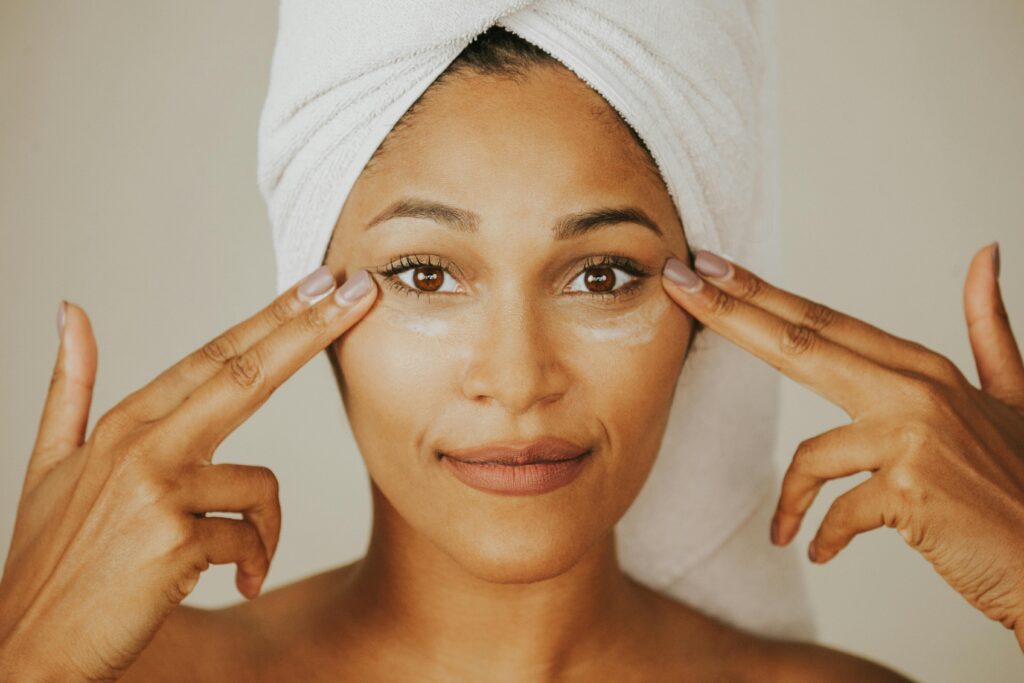
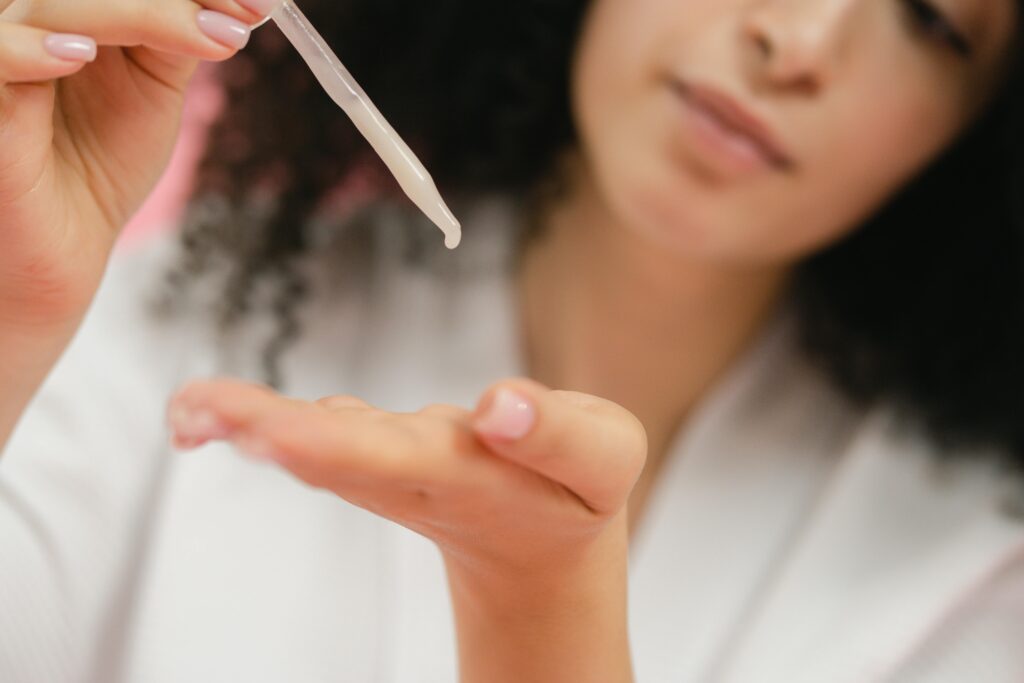

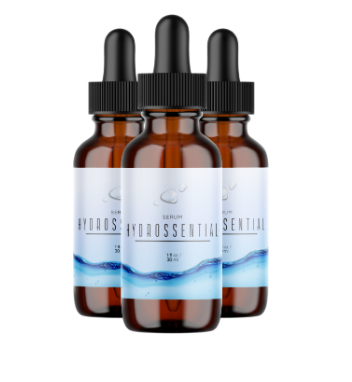

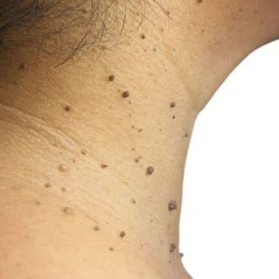

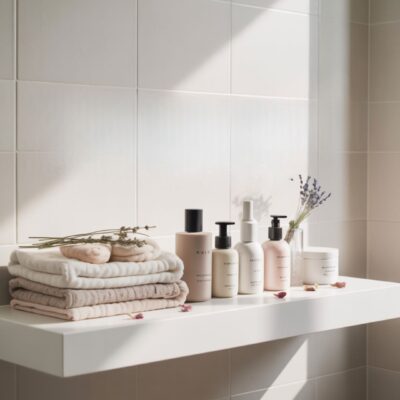

Leave a Reply
You must be logged in to post a comment.